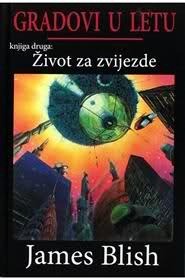What do you think?
Rate this book


184 pages, Hardcover
First published January 1, 1962
Whenever a new way of living appears in the universe, the people who adopt it see quickly enough that it isn’t perfect. They try to make it better, sure; but there are always some things about it that can’t be changed. And the hopes and fears that are centered on those points get turned into stories.
In the West, the official term for this form of public policy was “anti-Communism”; in the East it was called “anti-Fascism,” and both terms were heavily laden with mob emotion.